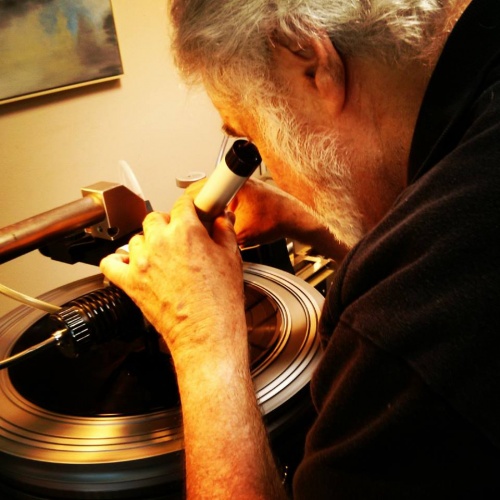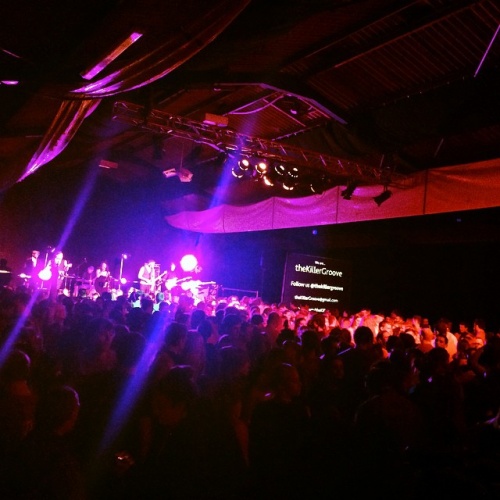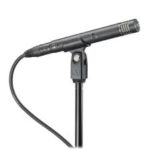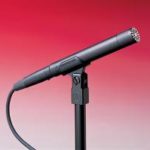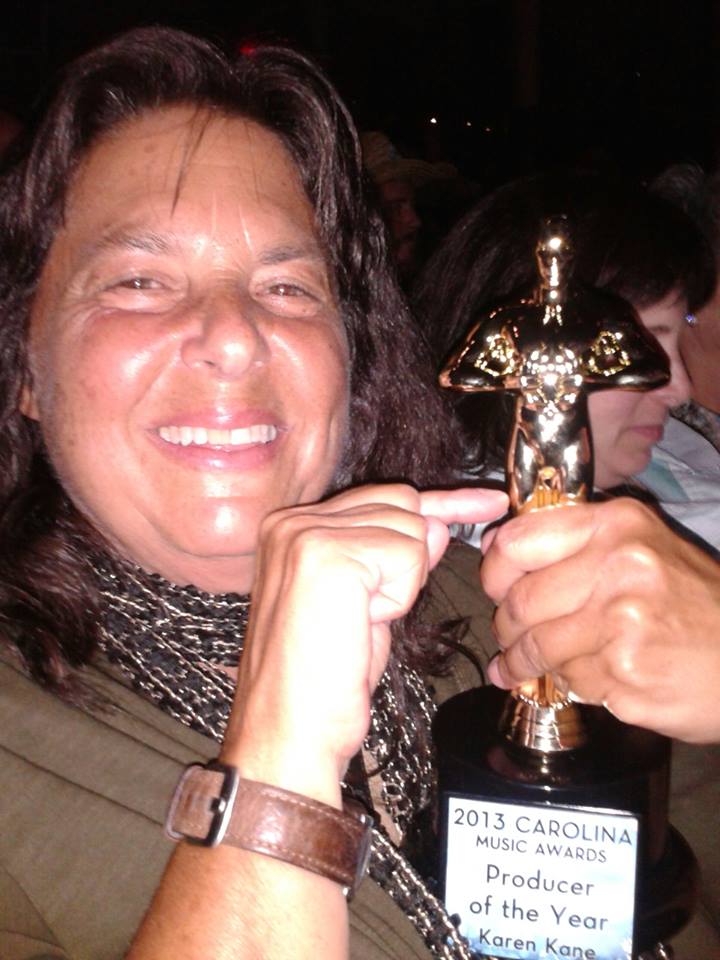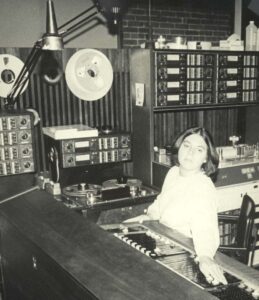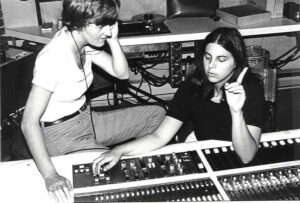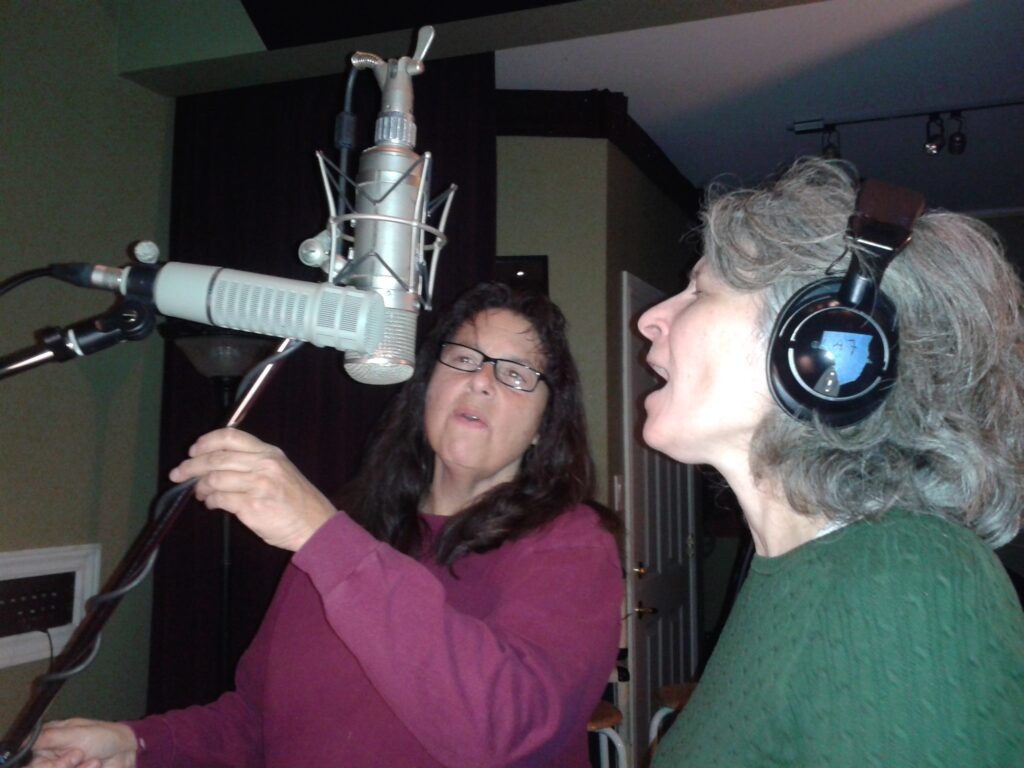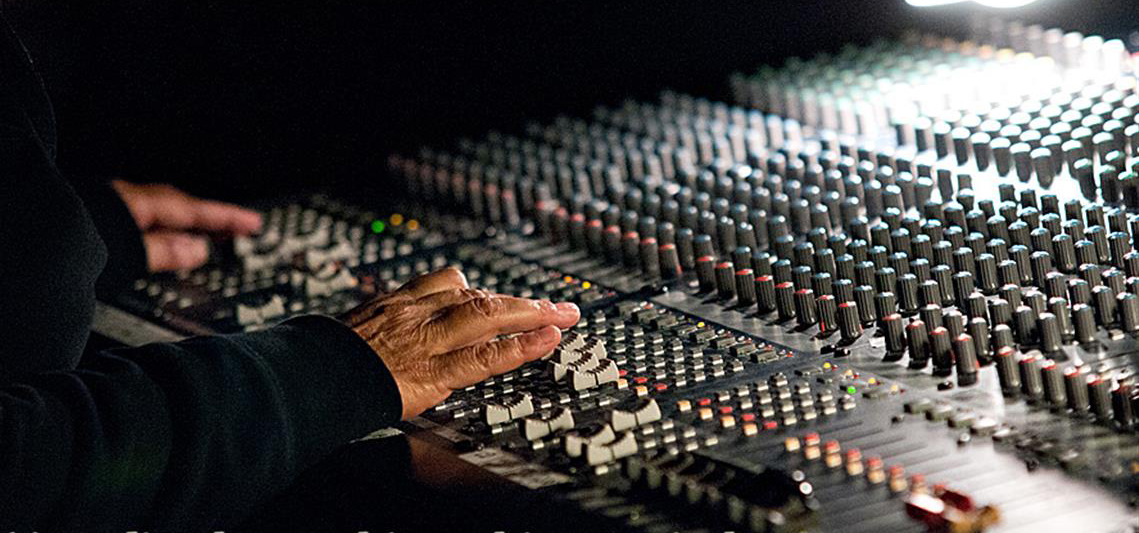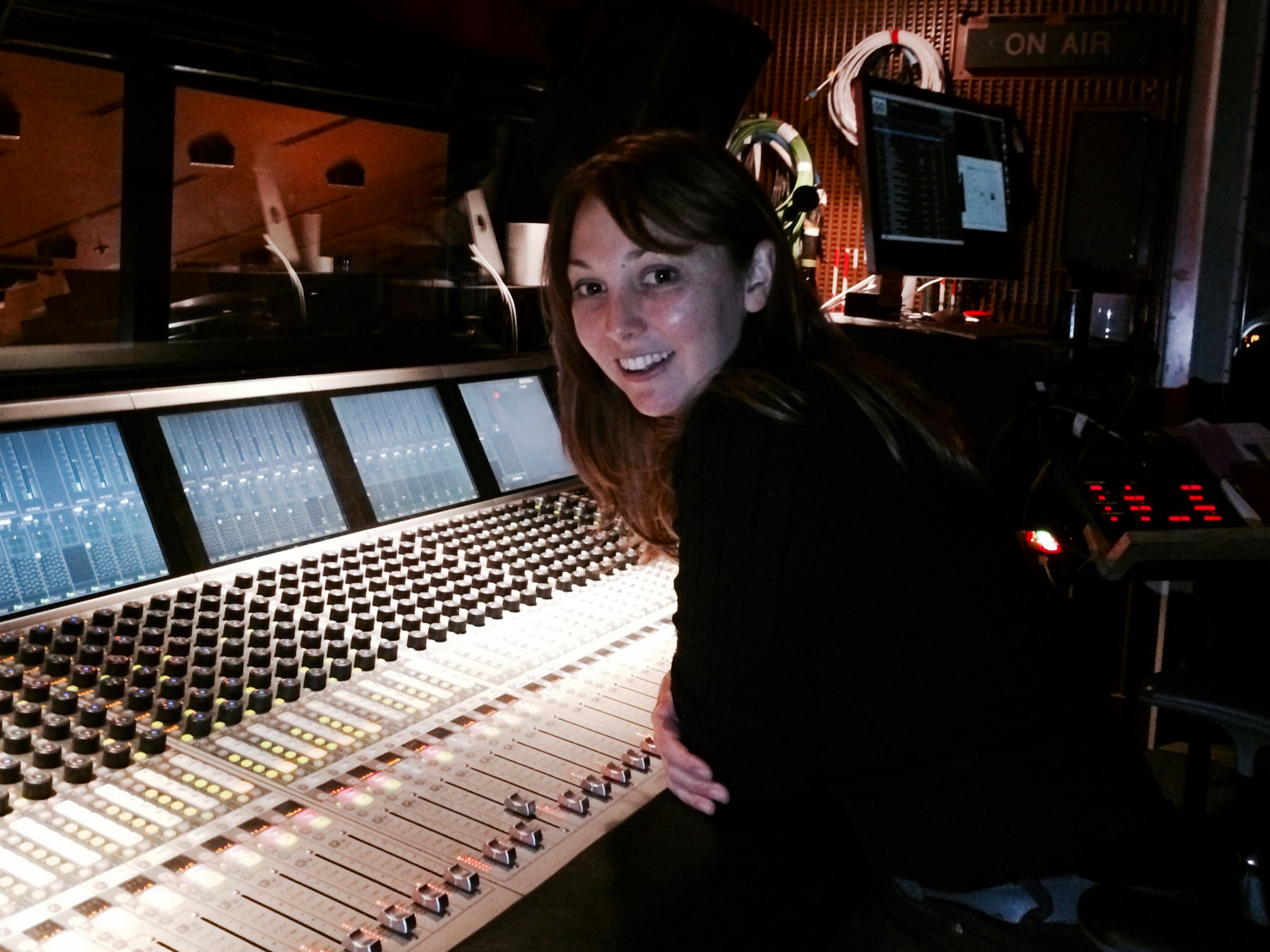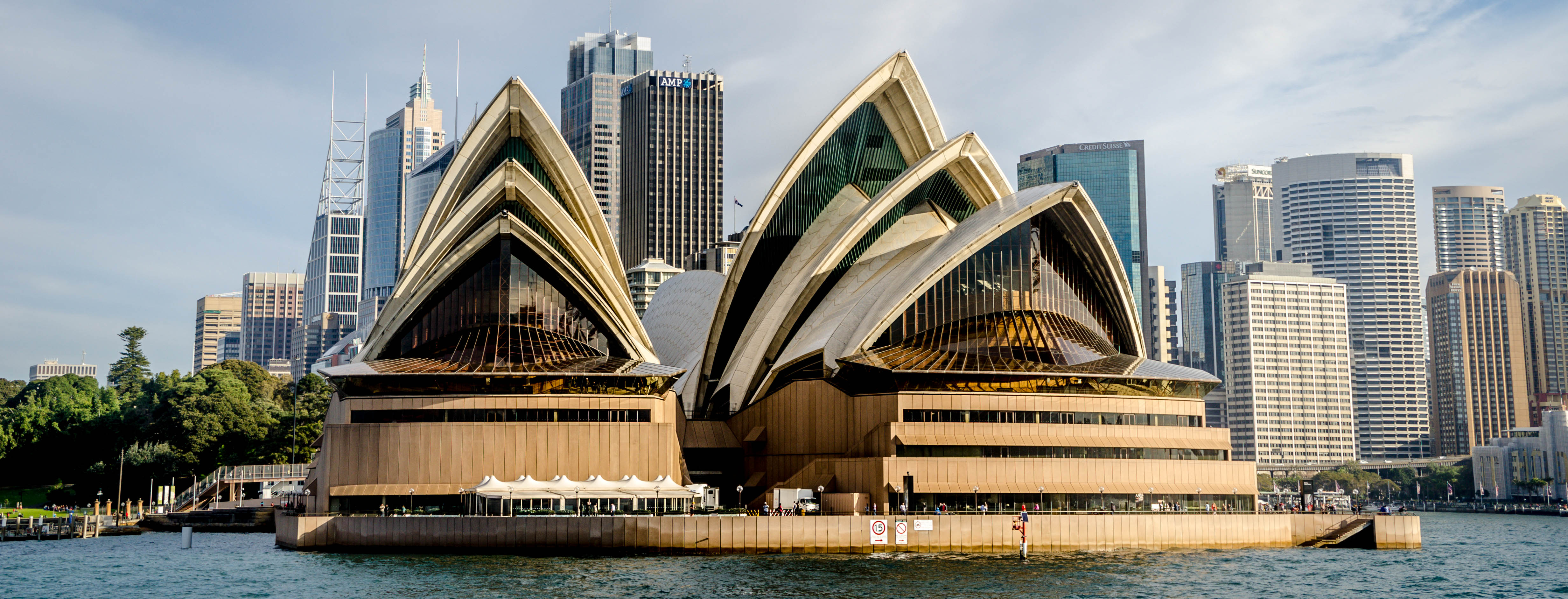
Bonham’s Ludwig drum kit was miked up with one overhead, a mic on the kick drum, one for the toms and one for the hi-hat and snare.
Photos: Jorgen Angel/ Redferns
This article was published in the June 2008 issue of Performing Musician and was written by Dan Daley.
Many in the pro audio industry know Phil Dudderidge as the founder of sound desk-maker Soundcraft and current CEO of Focusrite. But he had, as they say in Hollywood, a back-story.
In 1970, Dudderidge was a 21-year-old roadie/sound mixer with three years experience lugging gear and managing microphones for bands like Fairport Convention, the Incredible String Band and Soft Machine. Given the rudimentary PA equipment most of the artists at the time had, Dudderidge says his primary qualification for the gigs was having a valid driver’s license and owning a van. “None of these bands had much in the way of PA systems,” he recalls, “Just something to amplify vocals, even in venues as large as the Albert Hall.”
Dudderidge met Peter Grant, Led Zeppelin’s manager at the time, through Charlie Watkins, owner of WEM, the leading UK PA provider in those days. He had barely heard of the band, but nonetheless volunteered to become their soundman. From March to May, 1970, Dudderidge was part of the tour that would come to set the standard for modern rock tour sound.
PM: When you joined the tour, already in progress, what was the PA system like?
PD: “When I arrived, mid-tour, at Montreaux to join the Led Zeppelin crew, I found a fairly standard rig for that level of band, similar to those owned by The Who and Pink Floyd, which I had seen at various gigs. The speakers were mostly 4 x 12-inch columns (10 per side), plus two stacks of two 2 x 15s with a small horn on top per side, all driven by 12 100W power amps. And just two WEM five-channel Audiomaster mixers [interesting history here: www.wemwatkins.co.uk/history.htm] providing 10 channels. I’d never had my hands on such a big rig! Mics were the usual assortment of Shure Unidynes and Unisphere’s, the forerunners of the SM57 and SM58.”
PM: How were the 10 channels allocated?
PD: “1. Robert Plant’s vocal. 2. Jimmy’s vocal (he rarely approached it, but it usefully covered his guitar stack; when he soloed, I could push the level up).
3. John Paul Jones’ vocal.
4. Leslie top.
5. Leslie bottom.
Channels 6 to 10 on the drums: bass drum, snare/hi-hat, top toms, floor toms and an overhead, as I recall. No DI or mics on the Acoustic bass amp speakers; there were two and bass got into everything anyway.”
PM: Where was the FOH position?
PD: “There was none! We had no snake, so I mixed from behind the stage-right PA stack and had to go into the audience to hear what it sounded like. Also, no stage monitors; I simply turned the inside 4 x 12 column on each side towards the stage.”
PM: On-the-job training?
PD: “I had constant instruction from Robert between songs: ‘More presence, more treble.’ There was no more to give; both were maxed on his channel. The Audiomaster offered three fixed bands of EQ and a rotary fader. Next to the jack inputs were trim controls. I used to have Robert’s fader at max and would ride the trim because his mic level distorted the input stage of the mixer. The band were so loud on stage. Jimmy used two 100W Marshall stacks with Hiwatt heads. John Paul had his two Acoustic 361 bass amps and two big Leslies for the Hammond. And John Bonham was the loudest drummer to ever live!”
PM: When LZ came to the States for the first time, did the WEM PA come too?
PD: “Coming to America for the first time was an eye-opener. Peter Grant had asked me whether the WEM system would be big enough for US venues and I replied that I had no idea. Thankfully, at the first venue, the Pacific Coliseum in Vancouver, I arrived to find a huge rig supplied by Kelly Deyong Sound System, a local company. This was based on the Altec ‘Voice of the Theatre’ bass bins with compression driver horns, something I had never seen. Modern touring systems had yet to be invented. Back then, tour sound was regional rather than national, so we used vastly different systems from one night to the next. The three of us crew members would drive from city to city in a rental truck carrying the amps, guitars, drums, Hammond and Leslie, and the WEM PA, which was used for stage monitors.”
PM: Aside from the technical aspects, what else do you remember about that US tour?
PD: “To sense the vibe watch Almost Famous, a movie that really captured the sense of touring the States in the early ’70s. Consider that we stayed in Holiday Inns — except in LA, where we stayed at the Chateau Marmont when we played the Forum and the Continental Hyatt House (the Riot House) — and other motels and average hotels, but only when we had time. Usually, we had to set off after the show for the next city. Anything up to 600 miles. Anything further and we would fly by scheduled service, sending all the gear ‘excess baggage’. Picture backing the Hertz truck up to the plane and tagging every piece as it was loaded!
It typically took three separate flights to get all the gear there. I recall the trip from Memphis to Phoenix. I took the first flight, and picked up the rental truck and the first batch of gear. One of the other guys came with the second batch. The last few items (including the Audiomasters) came unaccompanied. I had to return to the airport to pick this up as show time approached. Having set everything else up with my colleagues Sandy and Henry, I had to get these last items. On the way back from the airport to the venue, the Veterans Memorial Coliseum, I hit a huge traffic jam — the audience trying to get to the venue. My only recourse was to drive the wrong way down the streets into the venue, headlights and hazards blazing, for maybe a mile. Thankfully, nobody challenged me. And those days we had no laminates or other ID — just my UK driver’s license.
We had a couple of incidents on the road that were life threatening: crossing the Rockies from Portland to Denver in a blizzard on a two-lane highway, and spinning the truck 360 degrees and continuing without stopping. We so nearly went over the edge…
The final show was scheduled to be Las Vegas, the International Hotel (now the Convention Center Hilton). We drove all night from Phoenix after the show, taking the shortest route (highway). After trying to break the engine’s speed governor by down-shifting at full speed, downhill, Sandy found he had destroyed the brakes and the steering had almost no movement. The engine had been lifted off its mountings and moved back in the engine bay — unbelievable, but true. We were speeding down this mountain pass, past a weigh station and finally coming to rest by friction with the roadside before the downhill continued. This at about 6.00am.
Having noticed a fleet of U-Haul trucks at a gas station some miles earlier, we were able to summon a replacement truck, roundly blaming U-Haul and Ford for the incident (‘brake failure’). Finally arriving at Las Vegas, we were told that the gig had been cancelled due to ill health (John Bonham was in bad shape in Phoenix, having to be supported on his drum stool by Sandy for much of the gig). So, a big anticlimax for us, but we were at least able to go to bed for two days and nights!
I volunteered to drive the truck back to LA, where we spent a couple of days before flying home. This was the first time I had been on my own time for a month and it was liberating. The desert road (Route 15) gave me time to take stock. I was so exhausted by the experience, I made it known that I would not carry on with the band. I had completed the tour, which had become a challenge against physical and mental exhaustion, and that was enough. Although at the time it just seemed like very hard work, with hindsight, working with Led Zeppelin was a huge privilege.”
Published in PM June 2008
